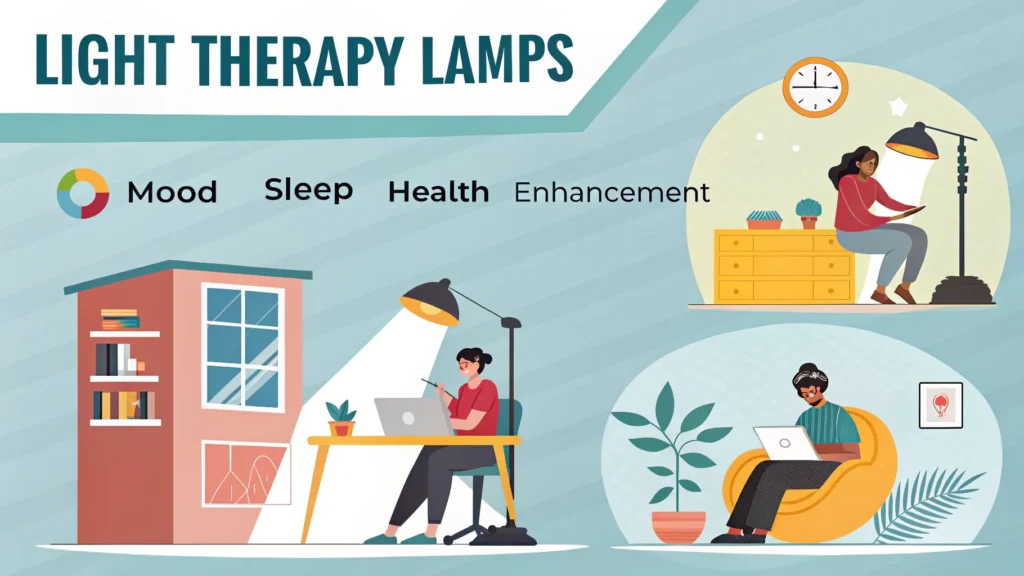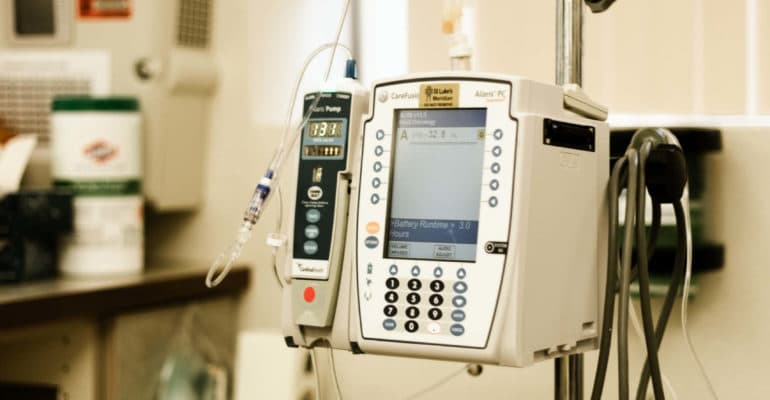Table of Contents
Introduction to Light Therapy Lamps
Definition of Light Therapy Lamps
Light therapy lamps are devices designed to emit bright light that mimics natural sunlight. They are used to address various health conditions, including Seasonal Affective Disorder (SAD), sleep disturbances, and low energy levels. These lamps typically filter out harmful UV rays, making them safe for daily use.
History and Development of Light Therapy
The concept of light therapy dates back to ancient civilizations, where sunlight exposure was believed to promote health and healing. Modern light therapy began in the 1980s with the introduction of light boxes specifically designed to treat SAD. Since then, advancements in technology have led to the development of more compact, efficient, and user-friendly light therapy lamps.
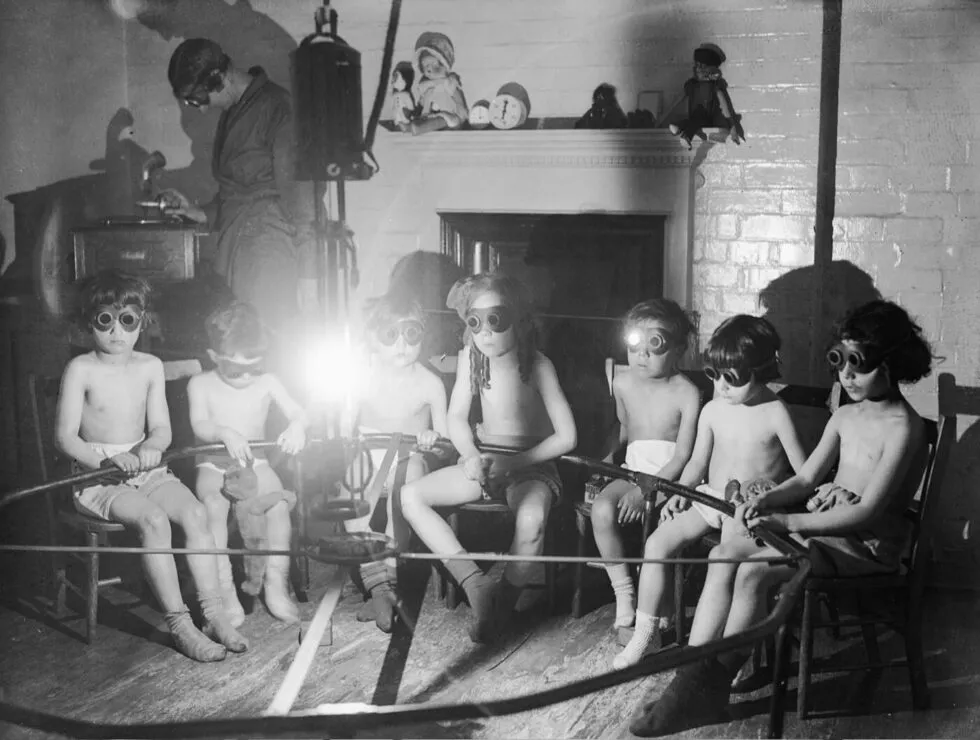
Benefits of Light Therapy
Improved Mood and Emotional Well-being
Light therapy has been shown to enhance mood by increasing serotonin levels, which can alleviate symptoms of depression and anxiety. This is particularly beneficial for individuals suffering from SAD, where lack of sunlight during the winter months leads to depressive symptoms.
Enhanced Focus and Productivity
Exposure to bright light can improve focus and productivity by regulating circadian rhythms. This is especially useful in office environments where natural light exposure is limited.
Regulated Sleep Patterns
Light therapy can help regulate sleep patterns by resetting the body’s internal clock. This is crucial for individuals experiencing insomnia or irregular sleep schedules, as it promotes healthier sleep-wake cycles.
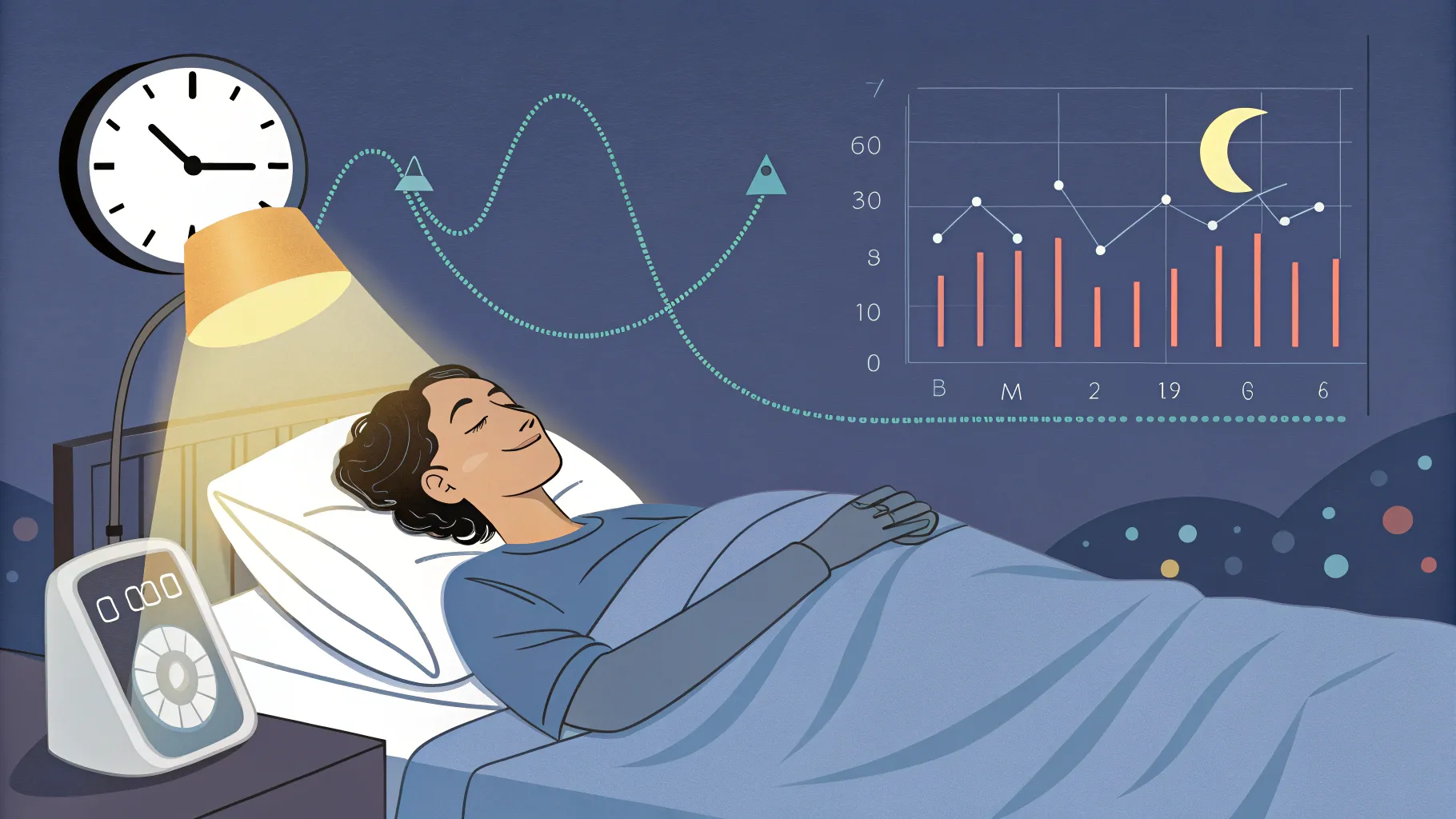
Light Therapy for Sleep
Understanding Circadian Rhythms
Circadian rhythms are the body’s natural cycles that dictate sleep and wakefulness. Disruption in these rhythms can lead to various health issues, including sleep disorders and mood disturbances.
How Light Therapy Affects Sleep Quality
By exposing individuals to bright light during the morning hours, light therapy helps signal the body to wake up, thereby improving overall sleep quality at night. This method has been shown to be effective in reducing insomnia symptoms.
Recommended Light Therapy Techniques for Better Sleep
- Timing: Use the lamp in the morning for about 20-30 minutes.
- Distance: Position the lamp at least 16-24 inches away from your face.
- Consistency: Incorporate light therapy into your daily routine for optimal results.
Light Therapy for Seasonal Affective Disorder (SAD)
Overview of Seasonal Affective Disorder
SAD is a type of depression that occurs during specific seasons, most commonly in winter. It is caused by reduced sunlight exposure, which can disrupt the body’s internal clock and lower serotonin levels.
Symptoms and Diagnosis of SAD
Common symptoms of SAD include fatigue, difficulty concentrating, low energy, changes in appetite, and feelings of sadness. Diagnosis is typically made by a healthcare professional based on a patient’s symptoms and medical history.
Effectiveness of Light Therapy for SAD Treatment
Light therapy is one of the most effective treatments for SAD. It mimics natural sunlight, boosting serotonin levels and improving mood. Studies show that individuals using light therapy lamps often experience noticeable improvements within 1–2 weeks.
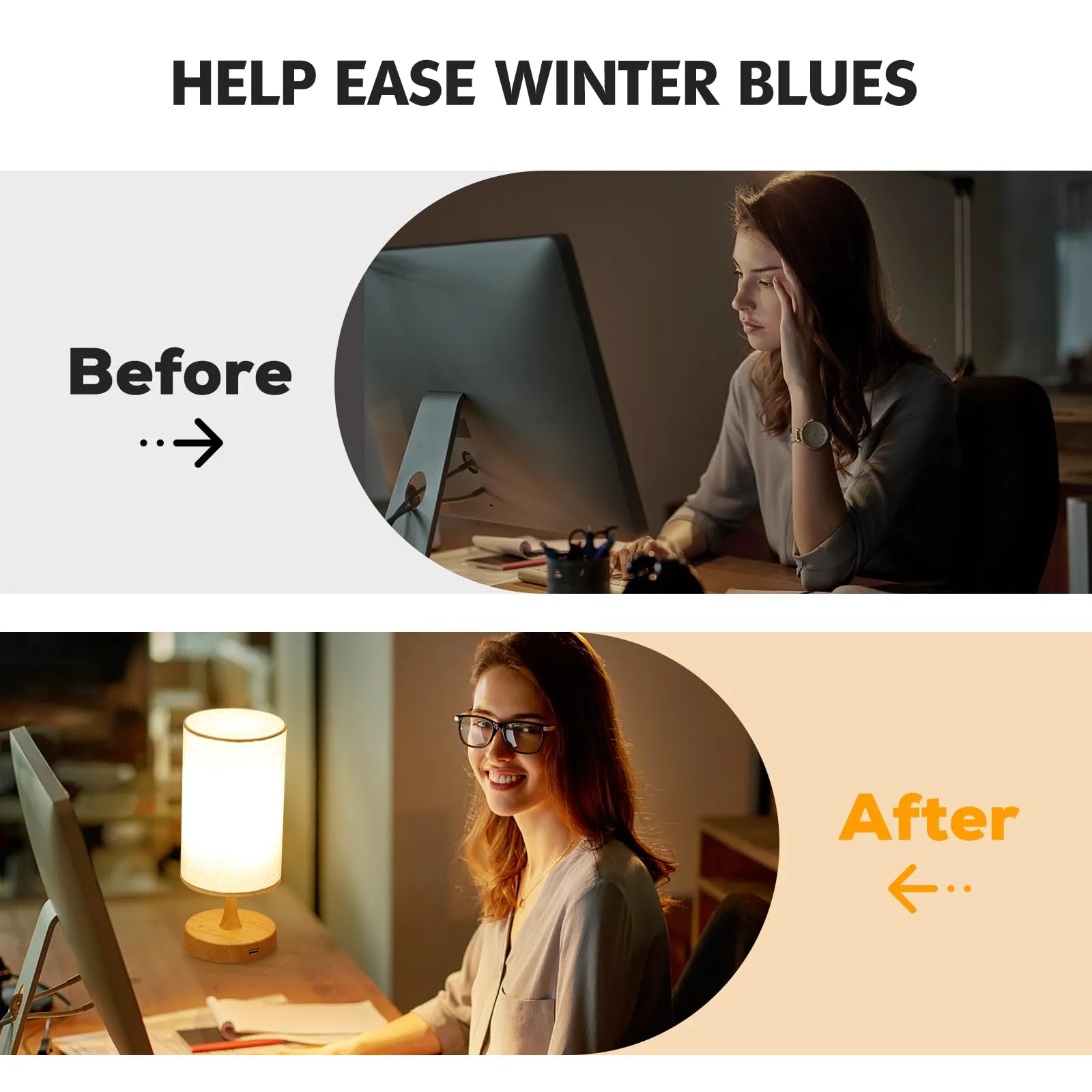
10,000 Lux Light Therapy Lamps
What is a 10,000 Lux Light Therapy Lamp?
A 10,000 lux light therapy lamp is a device that emits light at an intensity of 10,000 lux, which is considered optimal for therapeutic purposes. This level of brightness closely mimics outdoor sunlight on a bright day.
Benefits of Using 10,000 Lux Lamps
- Quick Results: Regular use can improve mood and energy levels within days.
- Effective for SAD: The high intensity is particularly effective for treating symptoms of SAD.
- Convenient: Designed for home use, these lamps are portable and easy to integrate into daily routines.
Guidelines for Safe Usage
- Place the lamp 16–24 inches away from your face.
- Use the lamp for 20–30 minutes daily in the morning.
- Avoid looking directly into the light to prevent eye strain.
- Consult a healthcare provider before starting light therapy if you have any pre-existing conditions.
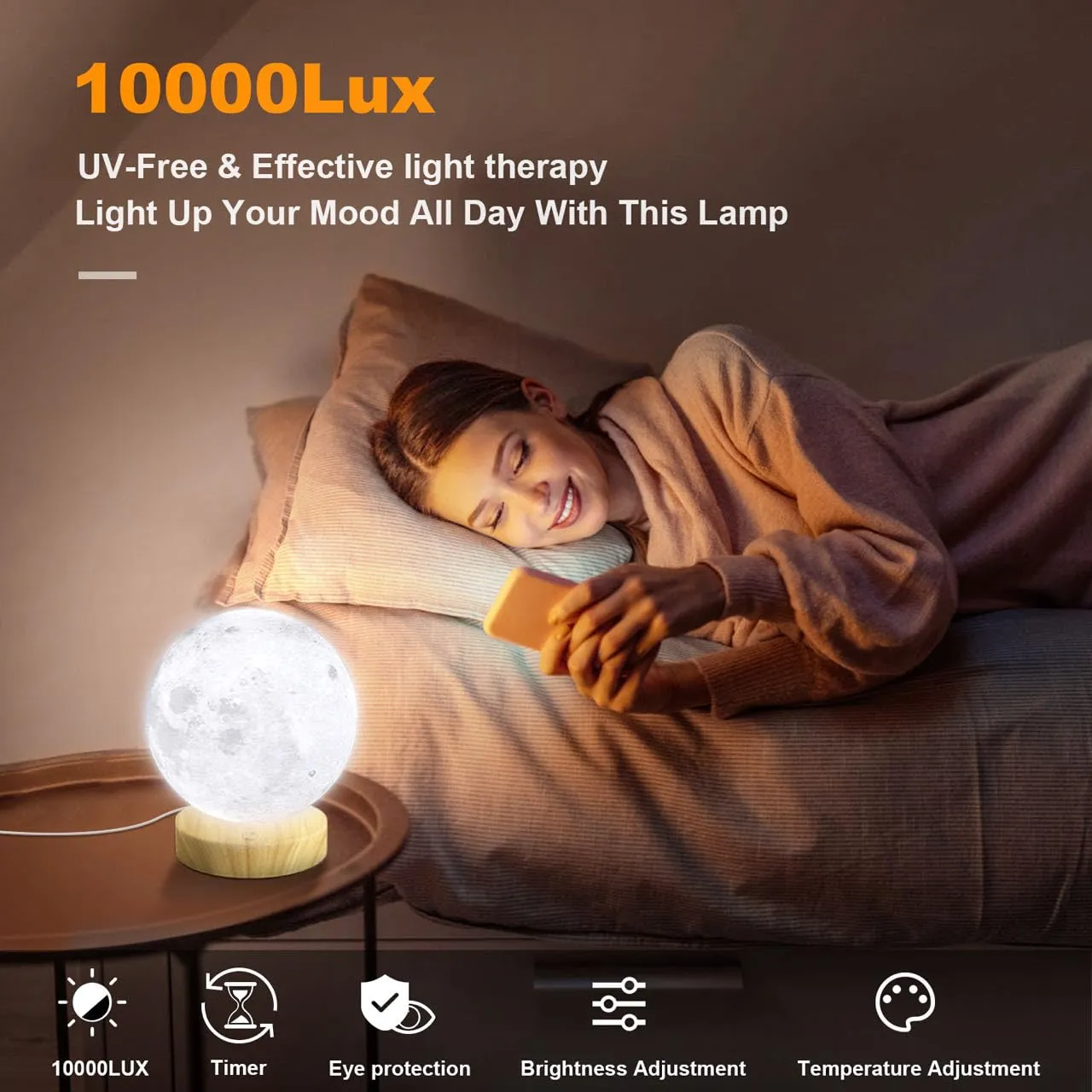
Best Light Therapy Lamps for Depression
Factors to Consider When Choosing a Light Therapy Lamp
- Light Intensity: Ensure the lamp provides 10,000 lux brightness.
- UV Protection: Choose a lamp that filters out harmful UV rays.
- Design: Opt for a lamp that is compact, durable, and easy to use.
- Adjustability: Look for models with adjustable brightness and timer settings.
User Reviews and Testimonials
- “The goal of lamp therapy is to reduce the effects of seasonal affective disorder, otherwise known as winter blues. Light therapy requires 10000 lux for 30. Min to 2 hours, in the morning.”
- “I’ve been using every morning, and my SAD symptoms have drastically reduced.”
Vitamin D Light Therapy
Importance of Vitamin D for Health
Vitamin D is essential for bone health, immune function, and mental well-being. A deficiency in vitamin D can lead to fatigue, weakened immunity, and depression.
How Light Therapy Can Aid Vitamin D Absorption
Light therapy lamps that emit UV-free light can mimic the sun’s effects, encouraging the body to produce vitamin D. This is especially beneficial for individuals who live in areas with limited sunlight.
Recommended Practices for Vitamin D Light Therapy
- Use a light therapy lamp with full-spectrum light.
- Combine light therapy with a vitamin D-rich diet or supplements.
- Maintain consistent daily exposure for optimal results.

How Light Therapy Works
The Science Behind Light Therapy
Light therapy works by exposing individuals to specific wavelengths of light that influence neurotransmitter levels in the brain. This exposure helps regulate mood and sleep patterns.
Mechanism of Action on the Body
The primary mechanism involves increasing serotonin production during daylight hours while regulating melatonin levels at night, thus promoting a balanced sleep-wake cycle.
Expected Results and Timeline
Users typically begin to notice improvements within a week or two of consistent use. Full benefits may take longer depending on individual circumstances.
Conclusion
Light therapy lamps offer a natural, non-invasive solution for improving mood, enhancing sleep quality, and treating SAD. With consistent use, they can significantly enhance overall well-being.
If you’re struggling with low energy, poor sleep, or seasonal mood changes, consider incorporating light therapy lamps into your routine. Explore our selected Light Therapy Lamp and start your wellness journey today! Consulting with a healthcare professional before starting treatment is advisable to ensure suitability based on individual health needs.

